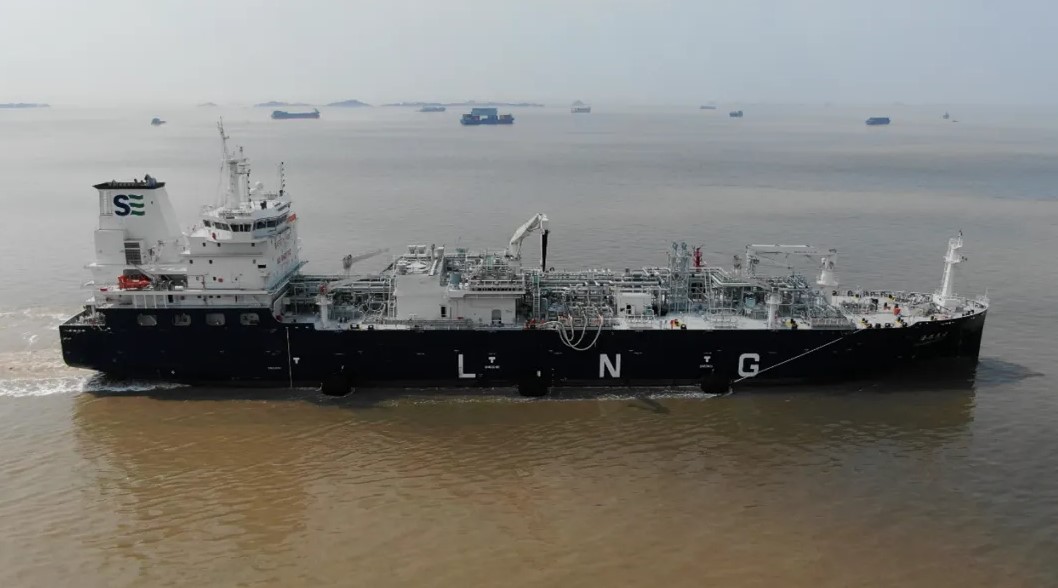South Korea’s HMM is joining forces with China’s terminal operator Shanghai International Port (SIPG) to fuel its LNG-powered vessels.
In that regard, the two firms signed a memorandum of understanding which primarily focuses on bunkering LNG and methanol fuel at the Shanghai port, according to a statement by HMM.
HMM did not provide any additional details regarding the agreement.
HMM said it is continuously expanding to develop “sustainable eco supply chain networks at Shanghai Port and other key ports such as Singapore and Busan.”
The company said it has nine newbuilding 9,000 teu vessels powered by methanol on order and expects to start operations with two 7,700 teu LNG-powered vessels by the end of this year.
In December 2023, HMM also joined forces with compatriot Hyundai Glovis to order six LNG dual-fuel pure car and truck carriers from China’s Guangzhou Shipyard International (GSI).
The deal for the PCTCs with a capacity of 10,800 ceu also includes an option for four additional vessel.
On the other hand, SIPG signed last year a framework LNG bunkering agreement with Switzerland-based shipping giant MSC
SSES, a unit of SIPG and Shenergy, operates the 20,000-cbm LNG bunkering vessel, Hai Gang Wei Lai, and fuels various ships in Shanghai.
In March 2022, SSES completed the first LNG bunkering operation under a deal with France’s CMA CGM.
The JV said in October last year it completed more than 55 LNG bunkering operations to CMA CGM vessels, as well as vessels owned by EPS.
Besides LNG bunkering, currently, all preparations for green methanol bunkering in the Shanghai port have been completed, HMM said.
SSES said in a statement January that it will use what it says is the world’s largest methanol bunkering vessel, Hai Gang Zhi Yuan, to fuel methanol-powered ships.
Zhoushan Putuo Changhong International Shipyard convetered the vessel, previously known as Jiuli 668, to add methanol bunkering equipment.
China’s first methanol bunkering ship has a capacity of 16,000 cbm, SSES said.

